Places of education accounted for 20.6% of active shooter incidents between 2000 and 2018, according to statistics from the Federal Bureau of Investigations. Over the last 20 years, realizing the need for updated security measures and the importance of keeping Michigan schools safe, there has been a 20.8% increase in the number of school buildings that have locked or monitored doors, and a 64.1% increase in the use of security cameras, according to the US Department of Education’s National Center for Education Statistics.
Creating a School Safety Task Force
In 2018, former Governor Rick Snyder signed Public Act 548 into law, creating the Office of School Safety within the Michigan State Police Department. A task force was put in place to give recommendations for the schools on what they identified as best practices for security. New technology is a large part of the proactive actions being taken, however, maintaining a balance between keeping Michigan students and teachers safe and what is practical can be a challenge.
Kim Bleicher, a Certified School Psychologist, was asked by Michigan State Police Deputy Director, Lieutenant Colonel Chris Kerensky, to join the task force and bring the school perspective into the conversation. The idea was to ensure the committee had a lens into how students and staff would perceive the recommendations, as well as the practicality of their implementations.
“Often, the suggestions can appear to be useful in theory but not very practical from the school’s point of view,” Bleicher stated. “We wanted to make sure the terminology used with students was appropriate for every age range. This was important to ensure understanding without promoting unreasonable or unnecessary fear.”
Michigan School Safety Recommendations
Included in the recommendations the Michigan School Safety Commission gave to public schools was completing a security assessment by October 2019, developing consistent terms for lockdowns, and installing locking secure vestibules in entryways.
“Most schools have been responsive to these recommendations,” said Bleicher. “It is my belief that safety is at the forefront of our school systems. Schools have implemented the systems that were feasible immediately and are working towards the implementation of the more complex recommendations.”
When asked about the biggest obstacles school districts face when implementing recommendations, Bleicher said, “As with most large-scale implementation, time and money are the major factors that impede progress. In my experience, school employees, parents, and students believe that school safety is of the utmost importance and would like to see each recommendation put into place sooner rather than later. The struggle comes in finding the funds for the recommendations, as well as the staff to implement and teach them.”
Improving Michigan School Safety
To help offset these costs, the Competitive School Safety Grant Program (CSSGP) awards funds to schools looking to improve security in their facilities with the goal of improving the safety and security of students, staff, and school buildings through the purchase of technology and equipment.
In 2019, the State of Michigan received 366 applications from schools, requesting over $46 million in funding. Michigan State Police announced in 2019 that 230 school districts, public charter schools, and intermediate school districts will receive $25 million in state grants. Since its inception in 2015, the CSSGP has awarded a total of almost $56 million in grants for projects involving safety and security upgrades to school facilities.
Even with the unprecedented challenges that 2020 has brought, safety and security continue to be a top priority among schools, with funds, training, and awareness being three of the biggest components needed for schools to continue making these upgrades. Awareness is an ongoing process for all those involved, and Michigan has made great strides in keeping Michigan schools safe.
This article was originally featured in The Source.




